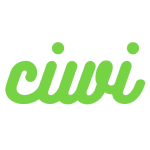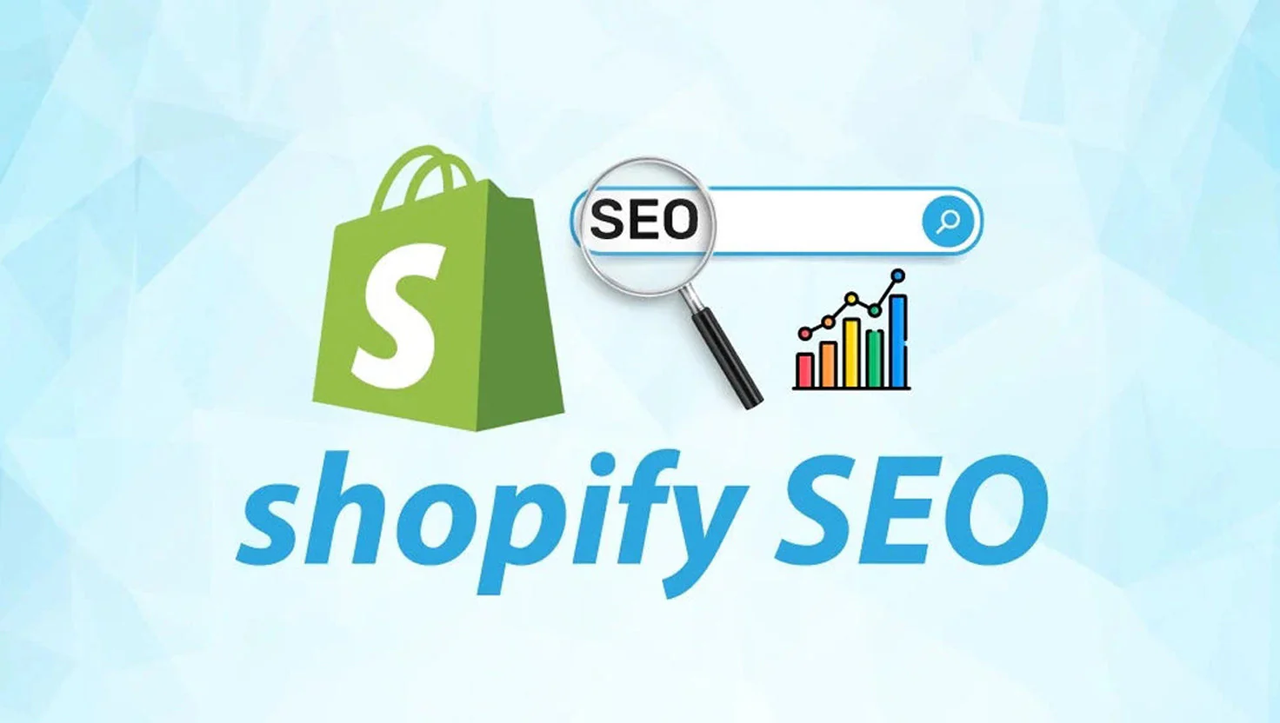If you’re running a Shopify store, Shopify SEO optimization is one of the most powerful ways to grow. With the right setup, you can attract consistent, free organic traffic that converts into sales.But Shopify comes with quirks that require fixing. This guide covers everything you need to improve SEO on Shopify — from analytics and technical fixes, to homepage, product, and blog optimization, plus site speed improvements.
#1 Core SEO Setup
Vol.1 Google Analytics Setup
Always install Google Analytics to track traffic sources, revenue, and how users find you through search engine optimization on Shopify.
Vol.2 Google Search Console Setup
GSC is essential for Shopify SEO — it shows search terms, crawl errors, and technical issues. Submit your sitemap (/sitemap.xml) to help Google index your store faster.
Vol.3 Fix Errors in GSC
Regularly check for crawl errors, Core Web Vitals issues, and structured data problems. Resolving these improves technical health and boosts Shopify search engine optimization.The coverage section may have some of the following:
We can see that this client has an error, which appears to be a 404 page that needs to be redirected.They may also be located in the Experience section:
This site has some major Core Web Vitals issues across 13 pages.Or under Enhancements:
This is a structured data problem, which in this case the client doesn't have.Carefully review any issues in these areas and either fix them yourself or seek SEO/developer support.
Vol.4 Trust Signals
Pages like About Us, Contact, and Return Policy boost trust, which indirectly helps Shopify SEO optimization by improving credibility and conversions.
#2 Technical SEO for Shopify
Shopify has built-in limitations that can hurt SEO. Here’s how to fix them:
- Internal product links: Link only to canonical
/products/product-nameURLs. - Breadcrumbs: Add SEO-friendly breadcrumbs via metafields.
- Tags & filters: Block thin tag pages with no SEO value.
- Vendor & type collections: Usually useless — block or noindex them.
- /collections/all: Prevent thin paginated content by noindexing.
- Sitemap issues: Clean up noindexed pages so they don’t waste crawl budget.
👉 Doing these technical fixes will improve SEO on Shopify significantly.
#3 Homepage Optimization
The homepage is your strongest page for Shopify search engine optimization.
- Title tag (<60 chars) → Include keywords like Shopify SEO optimization.
- Meta description (<160 chars) → Add benefits + call-to-action.
- Only one H1 → Use a keyword-rich heading, not “Welcome”.
- Add crawlable text (not just images).
- Showcase trust elements (contact info, reviews, certifications).
#4 Collection Pages
Collection pages are where most stores see big SEO wins.
- Unique title tags with keywords like improve SEO Shopify.
- Custom meta descriptions (130–160 chars).
- H1 = collection name (only once).
- Add extra content (FAQs, guides, comparisons).
- Use internal links to related collections.
Optimizing collections is one of the fastest ways to improve SEO on Shopify.
#5 Product Pages
Every product page should follow search engine optimization Shopify best practices:
- Title tag: 50–60 chars with product + keyword.
- Meta description: Unique, persuasive, keyword-rich.
- H1: Only one (product name).
- Unique product description (not copy-paste).
- Structured data (Product, Offer, Reviews).
- Image alt text with descriptive keywords.
- Add FAQs for long-tail SEO.
#6 Blog Content
Blogging is one of the best long-term ways to improve SEO Shopify.
- Optimize blog title tags with Shopify SEO keywords.
- Write 1,000+ word guides targeting customer questions.
- Add internal links to collections & products.
- Use FAQ schema for extra visibility.
- Avoid keyword cannibalization — separate commercial vs informational intent.
#7 Site Speed Optimization
Speed is a ranking factor for Shopify SEO optimization.
- Use WebP/JPEG for images, compress them before upload.
- Enable lazy loading for images below the fold.
- Remove unused apps and leftover scripts.
- Minify JavaScript & CSS.
- Load scripts conditionally (only where needed).
- Add preload & prefetch for critical resources.
These steps make your store faster, which directly helps search engine optimization on Shopify.
Final Thoughts
Shopify is a great ecommerce platform, but its default setup is not SEO-friendly. By fixing technical issues, optimizing collections/products, and improving site speed, you’ll dramatically improve SEO on Shopify and stay ahead of competitors.Use this as your Shopify SEO optimization checklist — implement it step by step, and your store will rank higher, attract more organic traffic, and convert better.


